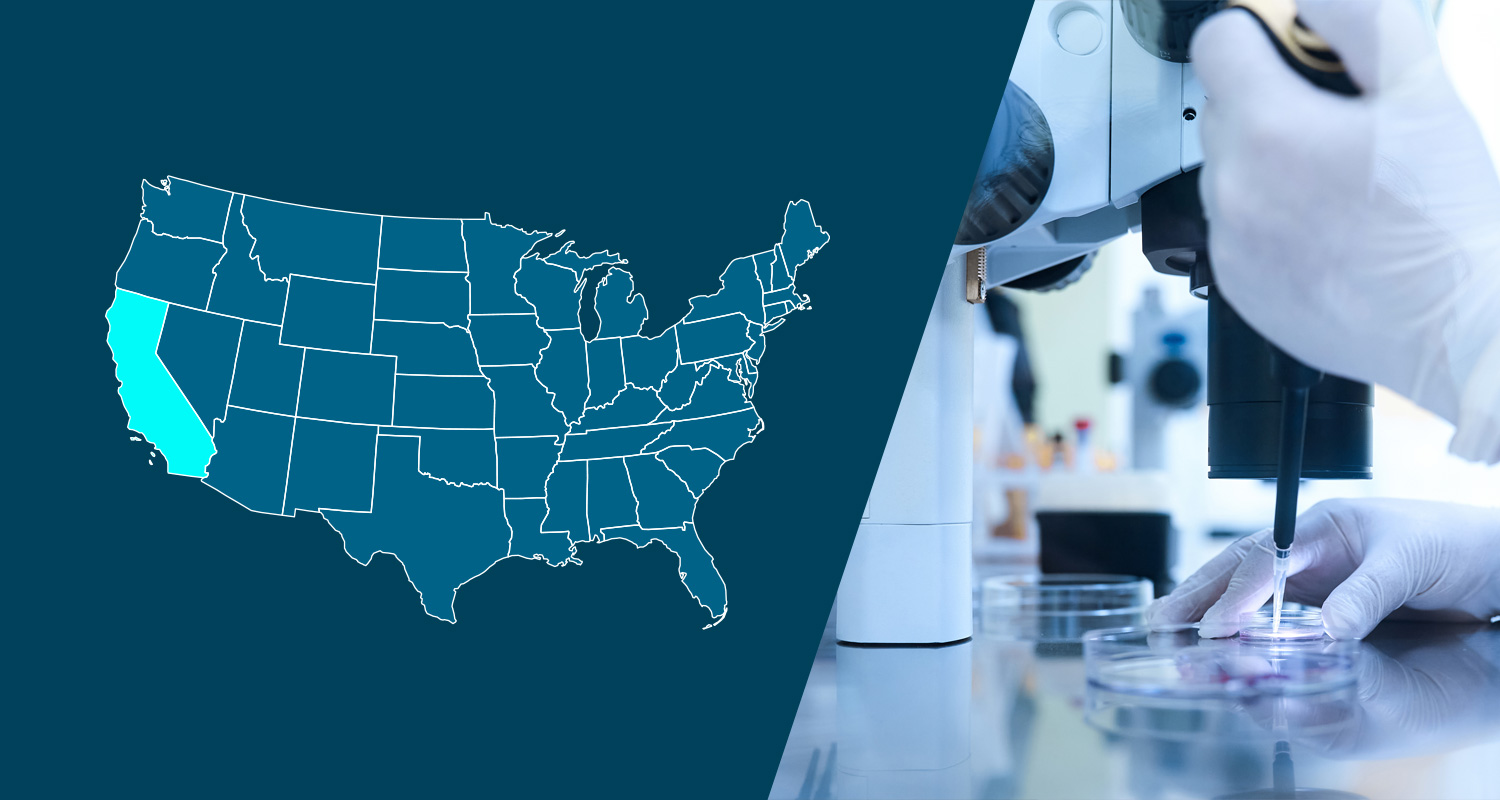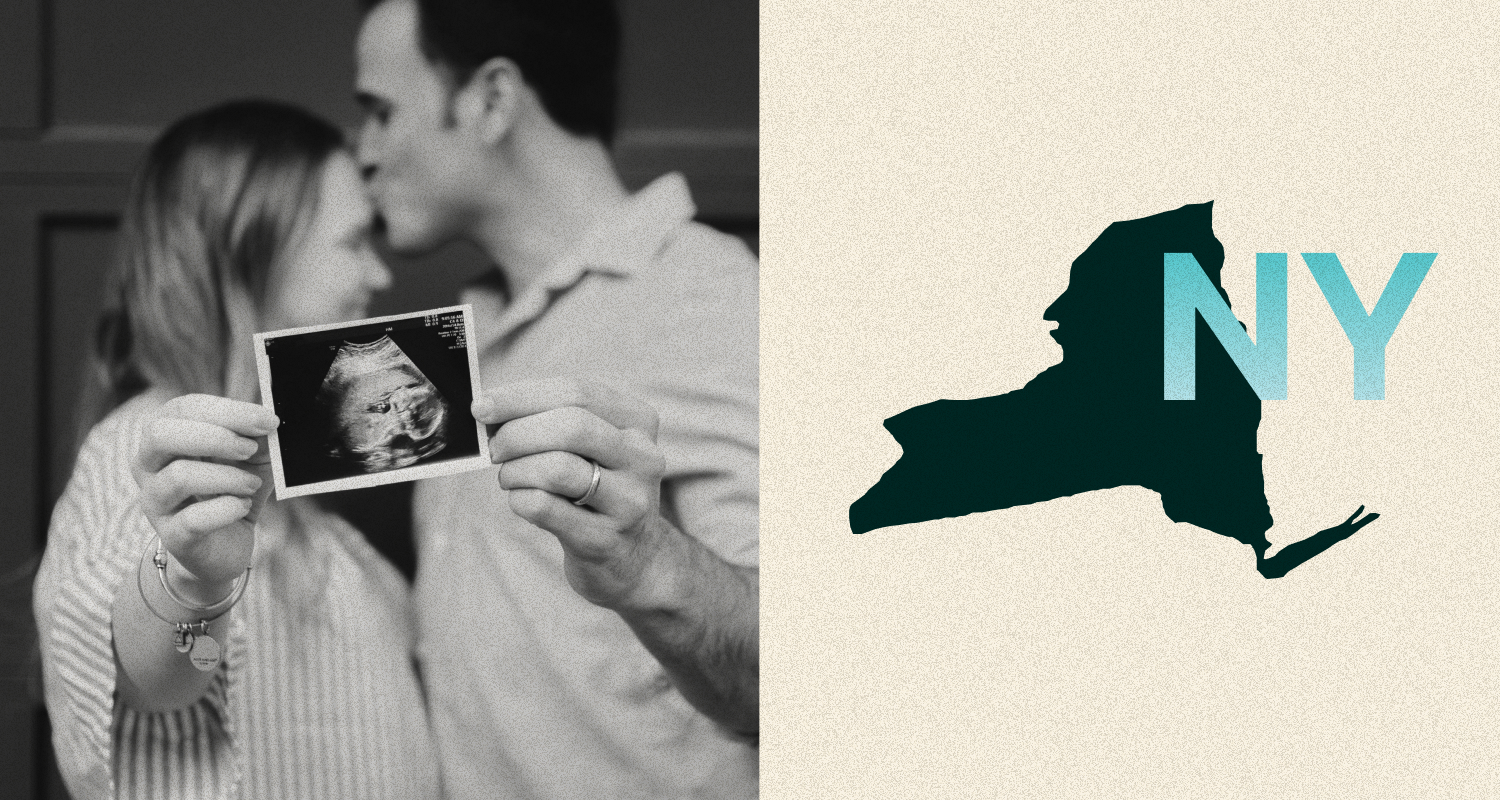The San Francisco Health Care Security Ordinance (HCSO) requires “covered employers” to make certain health care expenditures for their “covered employees.” If a covered employer does not meet the expenditure requirement, they may need to make quarterly expenditures to the SF City Option. The deadline to make first quarter expenditures to the SF City Option is April 30th.
The law also requires covered employers to submit an annual reporting form to the San Francisco Office of Labor Standards Enforcement (OLSE) by April 30th of each year. OLSE releases the annual reporting form annually on April 1st. OLSE has not yet released the reporting form for this year. Covered employers who fail to submit reporting by April 30th may be subject to a $500 penalty per quarter.
Who is a Covered Employer?
Employers are subject to the HCSO if they:
- Employ one or more workers within the geographic boundaries of the City and County of San Francisco;
- Are a for-profit business with 20 or more employees worldwide or a nonprofit with 50 or more employees worldwide; and
- Are required to obtain a San Francisco Business Registration Certificate.
Who is a Covered Employee?
An employee is covered by the HCSO if they:
- Are entitled to be paid the minimum wage;
- Have been employed for at least 90 calendar days;
- Perform at least 8 hours of work per week in San Francisco; and
- Do not meet an exemption.
The following employees are exempt from HCSO requirements:
- Employees who voluntarily waive their right to all health care benefits (medical, dental, and vision) because they have other employer health coverage (for more on HCSO waivers, read our blog article);
- Employees who qualify as managers or supervisors if they earn more than $97,722/year ($4.98/hour) in 2018 ($100,796/year or $48.46/hour in 2019);
- Employees who are covered by Medicare or TRICARE;
- Employees who receive health care benefits pursuant to the San Francisco Health Care Accountability Ordinance (HCAO); or
- A trainee participating in a bona fide training program consistent with Federal Law as defined in the Code of Federal Regulations, Title 29, Part 520.
How much are Covered Employers required to spend on Covered Employees?
The amount that is required to be spent on each Covered Employee is dependent on the size of the Covered Employer and the number of hours a Covered Employee works.
Large employers: For 2019, employers with 100+ employees are required to spend $2.93 per hour payable on health care for Covered Employees ($2.83/hour in 2018).
Medium employers: For 2019, employers with 20-99 employees are required to spend $1.95 per hour payable on health care for Covered Employees ($1.89/hour in 2018).
When must Covered Employers make quarterly expenditures to the SF City Option?
If a Covered Employer is not currently spending enough on their Covered Employees healthcare (this would include premiums paid for medical, dental, and vision insurance, amounts spent on dependents, as well as any HSA contributions made on the employee’s behalf), they would need to make any shortfall payments to the SF City Option. Quarterly expenditures are due on April 30, October 30, July 30, and January 30 of each year.
Which employers must complete annual reporting?
All Covered Employers who employ Covered Employees must submit annual reporting. This year’s reporting is on healthcare expenditures spent on Covered Employees during the 2018 calendar year.
What information must Covered Employers submit in the annual reporting?
Covered Employers report health care expenditures on Covered Employees and any payments to the City Option during the prior year. Employers can review last year’s sample reporting form to get an idea of the information required for reporting. OLSE usually releases a webinar that walks employers through how to complete that year’s reporting.
To prepare for reporting, employers should compile the following information:
- A report from their human resource information or management system (HRIS) that captures work locations, hours worked, managerial status, salary, and date of hire.
- A report from an enrollment system that shows how much the employer spent per month for each Covered Employee’s medical, dental and vision coverage. If applicable, employers should also contact their HSA vendor to determine how many Covered Employees receive employer HSA contributions and the total amount of those contributions (alternatively, employers could look at payroll information to determine HSA contributions).
For more information on annual HCSO reporting, visit the OLSE FAQ website. If you have not already done so, please sign up for the HCSO email list here, so you will receive an annual reporting reminder from OLSE from here forward.
Additional Resources/Important Links:
Sequoia Blog Articles:
- San Francisco Health Care Security Ordinance 2019 Rates Released
- San Francisco Health Care Security Ordinance (HCSO) Annual Reporting
HCSO Hotline: (415) 554-7892
The information and materials on this blog are provided for informational purposes only and are not intended to constitute legal or tax advice. Information provided in this blog may not reflect the most current legal developments and may vary by jurisdiction. The content on this blog is for general informational purposes only and does not apply to any particular facts or circumstances. The use of this blog does not in any way establish an attorney-client relationship, nor should any such relationship be implied, and the contents do not constitute legal or tax advice. If you require legal or tax advice, please consult with a licensed attorney or tax professional in your jurisdiction. The contributing authors expressly disclaim all liability to any persons or entities with respect to any action or inaction based on the contents of this blog.


